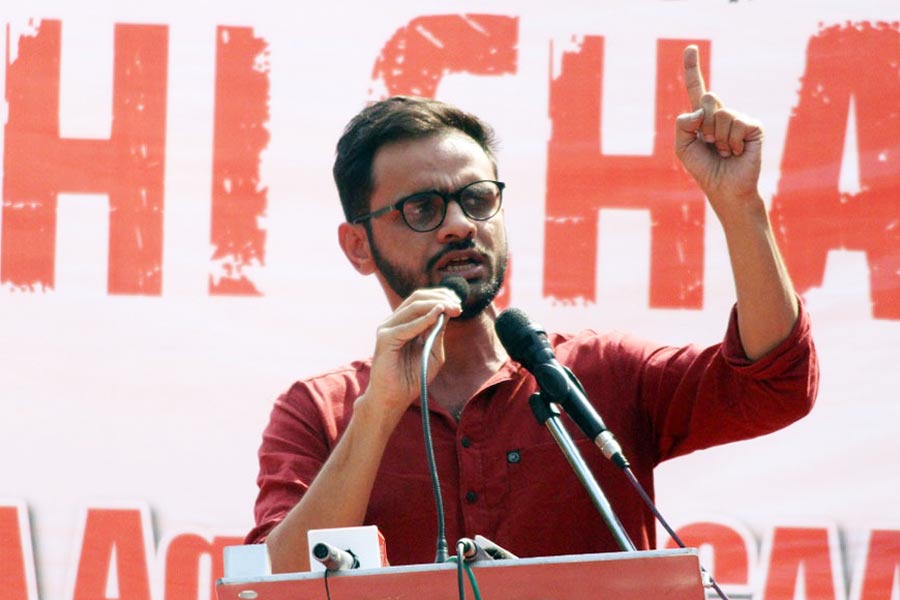|
|
The cricket fan admires statistical achievement; the excitement about Tendulkar’s 50th Test century is proof of that. For desis, till recently, individual career figures were pretty much their only form of solace in a world where their team lost more often than it won. Bangladeshis, I would imagine, are ardent users of Cricinfo’s Statsguru.
But sometimes figures fail you because they diverge entirely from your lived experience of the game. So, if you were to go by career averages, Gautam Gambhir is a better player than V.V.S. Laxman. A quick look at Statsguru will show you that Gambhir averages over 50 as a batsman while Laxman comes in three runs lower at 47. This should be qualified by the fact that Laxman has sustained this form over a much longer career: 14 years and 119 Tests compared to Gambhir’s 37 Tests over six years. But even so, 37 Tests are a lot of matches, enough for substantial comparisons to be made. Thus Gambhir has scored nine centuries to Laxman’s 16, despite the fact that the latter has played three times as many Tests. Gambhir’s conversion rate (the number of half centuries he turns into centuries) is vastly better than Laxman’s. You could even argue that as someone who faces the new ball, Gambhir’s record has been compiled under more testing circumstances.
But we know, as contemporaries, that this is a ridiculous comparison. Not only are we comparing an opening batsman with a middle-order batsman, our experience as spectators has taught us that Laxman’s achievements dwarf anything Gambhir has done. We know, for example, that Gambhir has a dodgy technique for a Test batsman; we know that most of his runs have come on dead sub-continental tracks and we know that when push comes to shove, we’ll be speed- dialling Emergency and asking for Laxman, not Gambhir. And then there’s that 281, which still gives us goose-flesh even though it happened nearly a decade ago.
But that’s the point: we’re contemporaries. Our eyes have seen. Twenty years from now, when their careers are history, fans will look at the stats and if Gambhir’s figures remain better than Laxman’s, people will wonder what the fuss was about. And I, seventy something years old, will become shrill and agitated as I try to explain to my grandchildren why it’s absurd, even blasphemous, to mention Gambhir and Laxman in the same breath. I won’t even try, of course, to argue that there were moments when Laxman was the best batsman in the Indian team, better than Dravid, better, even, than the great Tendulkar. Old men don’t want to seem senile.
The problem of conveying the lived experience of genius to others in the face of hostile statistical evidence ought to be known in Indian cricket as the Viswanath Problem. Gundappa Rangnath Viswanath retired from Test cricket in 1983. He played 91 Tests, scored 14 centuries and 35 fifties at an average just under 42. This is a decent Test record, but no Indian who followed Test cricket in the Seventies would use that adjective to describe Viswanath’s batsmanship. Dazzling? Yes. Brilliant? Okay. Genius? Now we’re getting there.
I was 12 years old when I heard him score his century on debut in Kanpur. He had been jinxed by an idiot commentator in his first innings, who declared, when Viswanath walked in to bat, that it was “auspicious” he was batting in the company of his captain, the Nawab of Pataudi. Naturally he was out, caught, for zero. But he came good in the second innings with 137, and a star was born. I queued to watch his next Test at Feroz Shah Kotla in Delhi, and he and Wadekar batted us to victory against Lawry’s Australians.
For many middle-aged men, including me, Sunil Gavaskar defines Indian batsmanship. But we all recognize that the modern era in Indian batting was inaugurated by Viswanath and sustained for a decade as much by his genius as Gavaskar’s. Diehards like Ramachandra Guha will go to their graves insisting in the face of all the evidence that Viswanath was, in terms of pure genius and certainly in terms of the pleasure he gave to those who watched, the better batsman. I once tried to persuade my father that Gavaskar was plainly the only Indian batsman of the Seventies who had a claim to greatness. He looked at me with the awful scorn that only age can summon and said: “I watched Duleep bat in 1934. I would catch a train to Eden Gardens to watch Vishy; I wouldn’t cross the street to watch that man-machine of yours.”
This, of course, was grossly unfair to Gavaskar’s classical genius, but as I reflect on Laxman’s relative place in India’s cricketing pantheon, I can see why my father felt the need for rhetorical excess to boost his hero. Yesterday, I was trying to explain Viswanath to my son by using Laxman as an analogy. Viswanath, I said, bailed India out of trouble time and time again in exactly the way that Laxman does today. I invoked the sacred memory of the 97 and 46 he hit against Andy Roberts and Co. on a fast Chepauk pitch in 1975 to help us win the match, then cited that gallant 113 against the English at Lords in 1979 that saved us from almost certain defeat. But even as I spoke, I felt the frustration of trying to convey the non-measurable magic of men like Viswanath or Laxman or David Gower to people who haven’t watched them play. My son heard me out and said: “So he was good in a crisis and a loser the rest of the time?”
Maybe that’s how they will see Laxman in the 2030s. It’s not the worst cricketing epitaph in the world (it’s better, for example, than being known for being a flat track bully), but we know it doesn’t come close to describing Laxman. And I don’t think that’s how he will be remembered because VVS had the good fortune to play the starring role in the the most remarkable match that India ever played: the great Calcutta Test of 2001 against Steve Waugh’s invincibles. By playing what is consensually regarded as one of the greatest Test innings of all time, Laxman built himself a monument that will survive the end of his career and the passing of the generation that watched him play. More important, his genius will be there for posterity to watch, thanks to television — something denied earlier virtuosos like Viswanath.
But Laxman’s 281 offers us a way of appreciating not just his genius, but also a key to solving the Viswanath Problem. That innings is a kind of Everest: it showed us what Laxman was capable of doing. Not capable of doing all the time, or even repeating in its entirety, but it gave us one dazzling glimpse of what he could do at his very best. And this best was better than the best of any other Indian batsman of his time. No innings by his contemporaries comes close. As a result, his more mortal match-saving heroics later in his career are seen in the light of that epic knock and touched by its magic. Without that Calcutta innings, Laxman would merely be an elegant crisis-man; with it, he is Indian batsmanship’s embodiment of grace under pressure.
How does this help rescue Viswanath from relative obscurity? It helps him because geniuses (and Laxman on the strength of that 281 is a genius) create their own genealogies. Thanks to Laxman, we can see, clearly, that Viswanath is his cricketing ancestor. Just as Gavaskar begat Tendulkar, Viswanath made Laxman possible. The radiance of that 281 makes an alternative batting lineage visible, one in which greatness is measured by epic deeds, not consistency.











